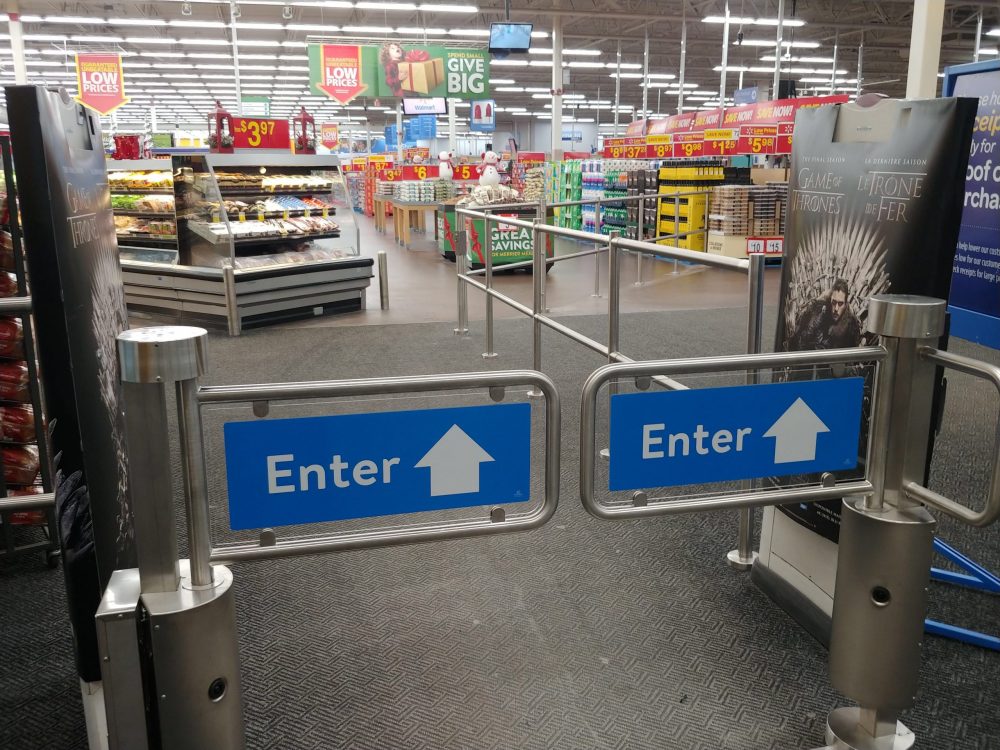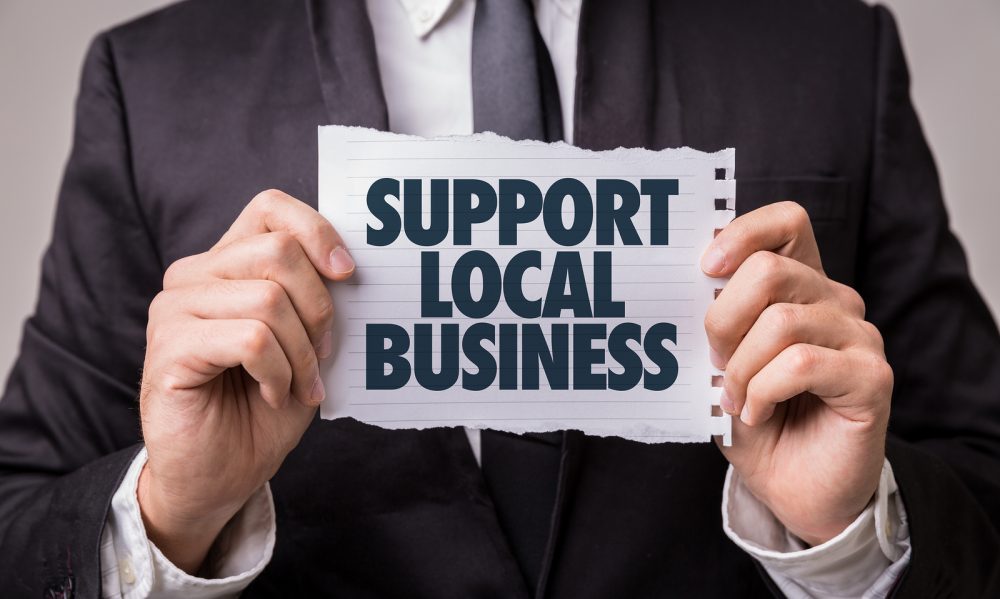Why are you getting ripped off?
So you, like many retailers, are experiencing theft and don’t know what to do about it.
This can be detrimental to your bottom line.
In fact, if you look at history, and why some major companies shuttered their doors, they will tell you it was because shrinkage killed their profits.
Some retailers experiencing a high level of shrinkage may chalk it up to “the cost of doing business”. They may increase their prices to accommodate this extra loss.
Remember this: Shrinkage is NOT a cost of doing business.
It is not normal. In fact, if you consider it unnecessary, you will be more motivated to address it.
With respect to customer theft, consider this;
- 1 in 10 people are inherently honest; they think “black and white” and never veer away from what they believe to be right.
- 1 in 10 people are inherently dishonest; they believe society owes them something and they will cut every corner in the book to seek out personal gain, to accumulate wealth at any cost.
Then there is the bulk of the population.
- 8 in 10 people do not describe themselves as being dishonest per sae, but they will admit to cutting corners, to rationalizing some behaviour that is clearly more wrong than right to some, but ok in their minds.
Here’s how it works;
80% of the population will rationalize and “consider” engaging in bad behaviour at some point. It depends on a bunch of things as to whether they do it or not. It depends on whether the opportunity presents itself or not.
The example that I have used in the past is speeding. Most people do not consider excessive speeds as “speeding”. They believe it is acceptable because everyone else is going the same speed, so they say they are simply keeping up with the traffic flow. But then when you look in the right lane, there is also a group of drivers moving along at or under the speed limit.
The bottom line is this – people will rationalize dishonest behaviour.
Whether it is speeding, cheating, lying, pocketing the extra change when a sales clerk makes an error and gives you too much in return, or in our case, shoplifting (incidentally, I may use “theft”, “shoplifting”, and “shop-theft” interchangeably) there is right and wrong, but because “everybody does it” does not make something that is wrong, right.
So to be fair, customers may consider shoplifting. It doesn’t mean they will go ahead with it. There are some variables that need to be present. There needs to be limited or no risk. And it is important to understand this before moving on to the solutions.
We need to understand shoplifting in terms of the why. Why do they do it?
These are the 3 main reasons why people steal; (1) Need, (2) Greed, (3) Opportunity.
- Need is straightforward – and the theft cases as a result of need are typically associated with poverty and addiction. These are social issues beyond the retailer’s direct control.
- Greed is simple – we are talking about peer pressure, and status, the wanting to belong in the social world with material things that a person just wants to compete or fit in. I refer to it as simple in terms of the retailer, it is simply because it is out of their direct control.
- Opportunity is more complex, but it is the area that if you deal with it right, can have the greatest impact on your shoplifting problem. AND not is ion the retailer’s circle of control!
Let’s break that down now.
What is “opportunity”?
Opportunity is the context of retailer theft, has to do with risk/reward. “Can I get away with this without being caught?” asks the would-be thief.
With the constraints on resources, the answer is becoming more commonly a “yes” rather than a “no”. It is possible to steal without being seen by an employee these days.
So what do you do? Especially given that Law Enforcement faces the same constraints, as do the Courts.
For that answer let’s dig deeper.
Opportunity is where the risk is so low and the reward so great, where there is no fear of exposure. It would make sense that the deterrent would be to install some level of fear of exposure. If that is removed, that notion of anonymity, then the consideration to stealing would be reduced by most.
Fear of exposure is not necessarily fear of getting caught and prosecuted though. It could mean fear of being suspected of something. If that is the case, then the answer is customer service.
WOW – full circle! That’s why you are a retailer, to serve a customer. So, therefore, the bottom line is this;
Acknowledge your customers and you will prevent most shoplifting incidents. In fact, you will convert a potential shoplifter into a customer so there is a double benefit.
The Bottom Line? – Follow these tips
Greet Your Customers
No task is more important to the health of your business. Hire employees with this in mind. Customer acknowledgment establishes a relationship. Thieves don’t like being greeted, they want anonymity. You are not bothering customers by greeting them. Don’t let somebody tell you to stop being a pushy salesperson. This is your business, they are invited to your “home”, and they need to know that.
Make Eye Contact
Too busy to acknowledge every customer? Eye contact is the next best thing, and this is an easy multitask for you and your team to do.
Studies have shown that shoplifters will notice eye contact more often than not. In fact, they are looking for it. They look for it to weigh the odds in terms of the risk/reward. Making eye contact immediately removes the aspect of anonymity.
Approach Shoplifters
There is a huge fear with respect to approaching shoplifters. Fear of violence, fear of being wrong, fear of litigation, whatever the fear, a shopkeeper is usually reluctant to approach a shoplifter.
Here’s the key – you can do it without accusing them of stealing. Simply walk up to the suspect and state that you’ve noticed them for a few minutes and wanted to come over to see how you might be able to help them.
You haven’t accused anyone. But what you did was tell the shoplifter you saw them. If you were mistaken? You just told a customer you are here to help. Who would be offended by customer service, by aggressive hospitality?
If the shoplifter pulls the item out and pays – great! If they dump the product and run away – great! But if they continue with the theft, please refer to my article on apprehending a shoplifter, because this is risky business and you have to do it right.
Talk to your Staff
Here’s the bottom line. You have to get your staff engaged to do all of this. Awareness is the greatest training tool. Share tips, tell stories, communicate. and when done right, and you are at home when your store is open for business, you can feel confident that the team is equipped to reduce loss by servicing customers – just what you always wanted.
The final point is very important. Reinforce these tips every day, not only the day after the theft as you may be tempted to do. We all get busy, but if you build loss prevention techniques into the foundation of your business, it will not feel like a chore, it will feel natural, and your bottom line will remain healthy.
Here’s the Bottom Line
Want to reduce customer theft? Take away the opportunity – greet every customer!





